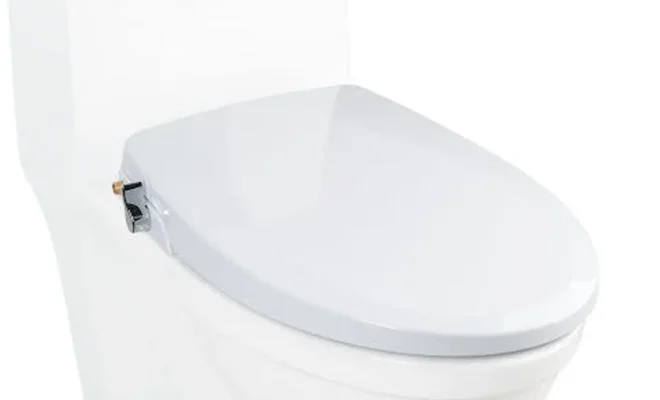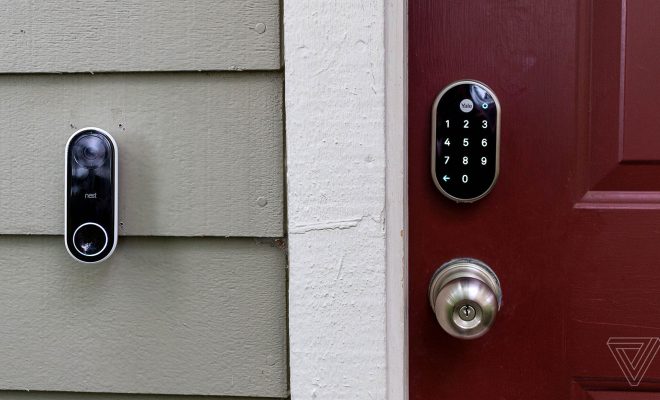How to Add a Bidet to Your Bathroom (Without a Remodel)

A bidet is an excellent addition to any bathroom, providing an eco-friendly and hygienic alternative to toilet paper. If you’re interested in upgrading your bathroom experience without undergoing a full remodel, here’s how you can easily add a bidet without any major renovations.
1. Choose the Right Bidet Model
There are several types of bidets available on the market, suited for different needs and budgets. Here are three common types of bidets you can choose from:
a) Bidet Attachments: These are affordable devices designed to fit onto your existing toilet seat. They connect to your existing water supply, and offer basic functions such as spray adjustments and pressure controls.
b) Handheld Bidet Sprayers: Similar to a kitchen sink sprayer, handheld bidet sprayers connect to your bathroom’s water supply. These sprayers offer flexible use, allowing you to control the direction and angle of the spray.
c) Bidet Toilet Seats: These high-end options replace your existing toilet seat. These feature-rich models typically include multiple wash modes, heated seats, air dryers, and even remote controls.
2. Prepare Your Bathroom
Once you’ve chosen the right bidet model for your needs, gather all necessary tools and materials required for installation. This may include:
– Teflon tape
– Wrench
– Screwdriver
– Adjustable pliers
– Towel or bucket (to catch water during disconnection)
Make sure to turn off the water supply before starting any work on your bathroom plumbing.
3. Install Your Chosen Bidet
Each bidet type will have its own installation process and user guide – be sure to follow the
manufacturer’s instructions closely. Here’s a general outline for each type:
a) Bidet Attachments: Remove your existing toilet seat, position the attachment as per manufacturer guidelines, and reattach the seat. Connect the bidet’s water hose to the toilet’s water supply and secure it tightly using a wrench.
b) Handheld Bidet Sprayers: Install the sprayer holder on your bathroom wall or toilet tank using screws or adhesive (as provided). Attach the T-adapter to your toilet’s water supply valve and connect the sprayer hose. Secure everything with a wrench.
c) Bidet Toilet Seats: Remove your old toilet seat and replace it with the bidet seat. Attach water hoses, and an electrical socket if required, following the manufacturer’s instructions.
4. Check for Leaks
Turn the water supply back on and activate your new bidet. Inspect connections for any leaks. If you encounter any issues, turn off the water supply, re-tighten connections, and repeat until no leaks are present.
Conclusion:
Adding a bidet to your bathroom doesn’t have to be daunting nor require extensive renovations. By choosing the appropriate bidet model and following installation instructions carefully, you can quickly enhance your bathroom experience without going through a full remodel.



